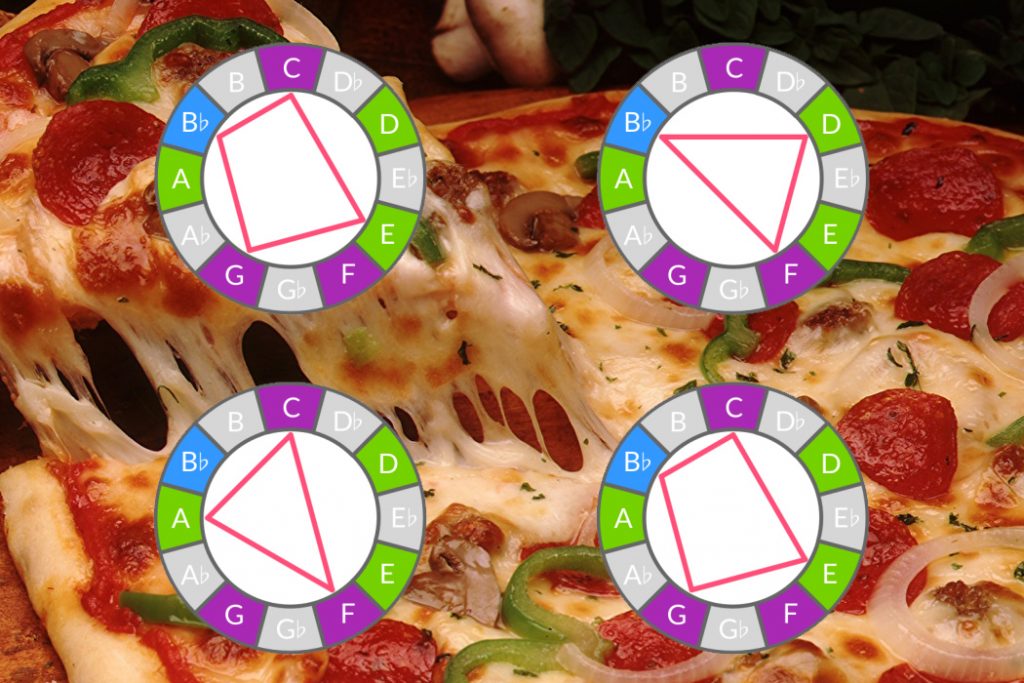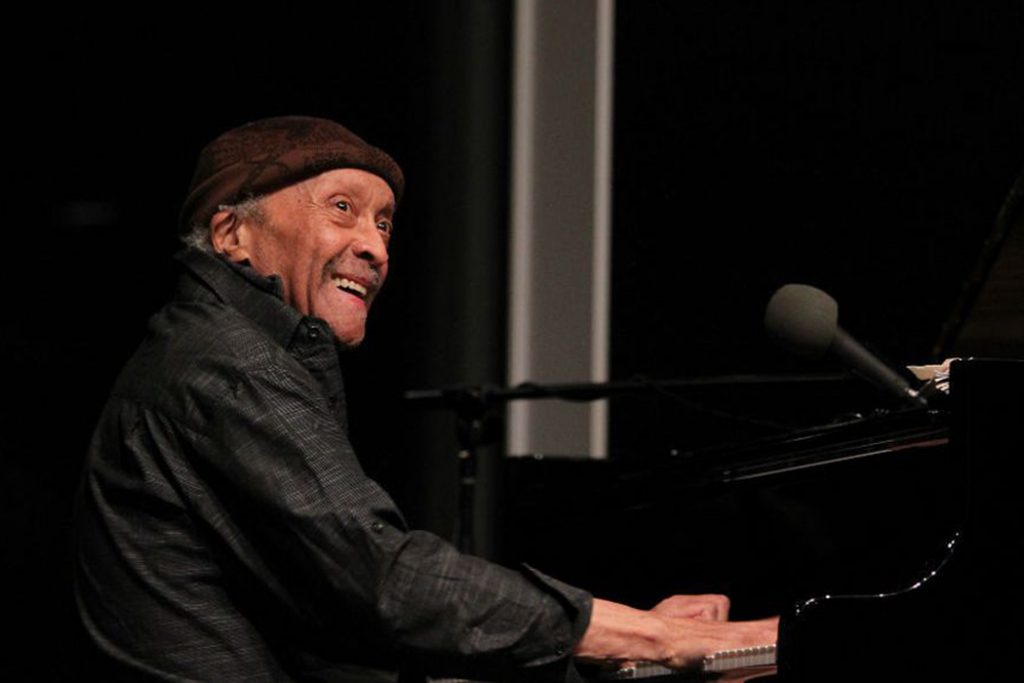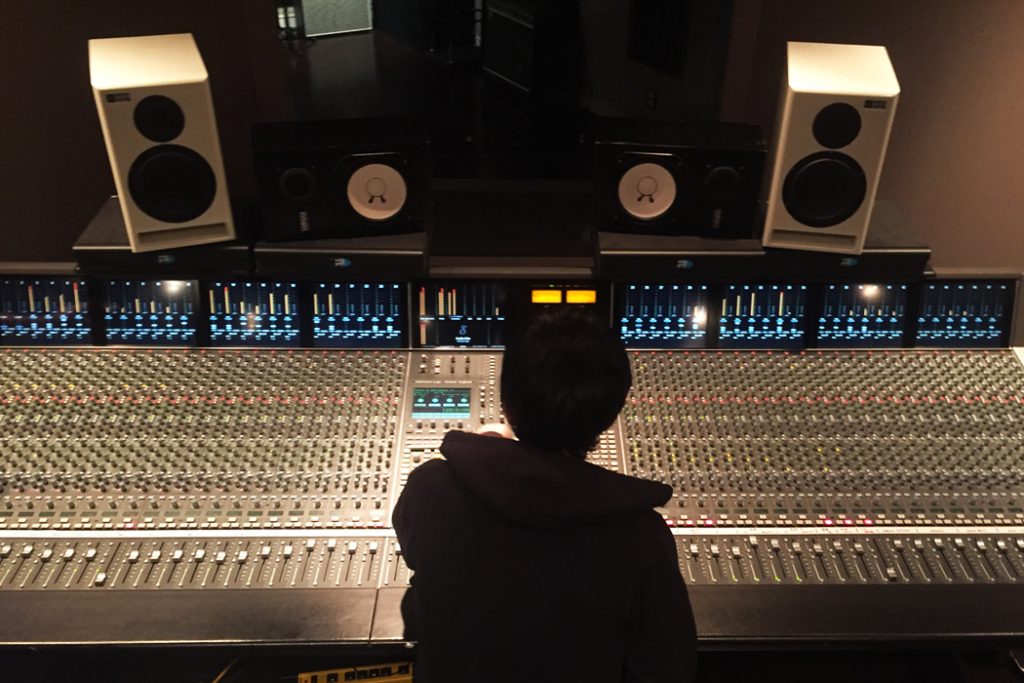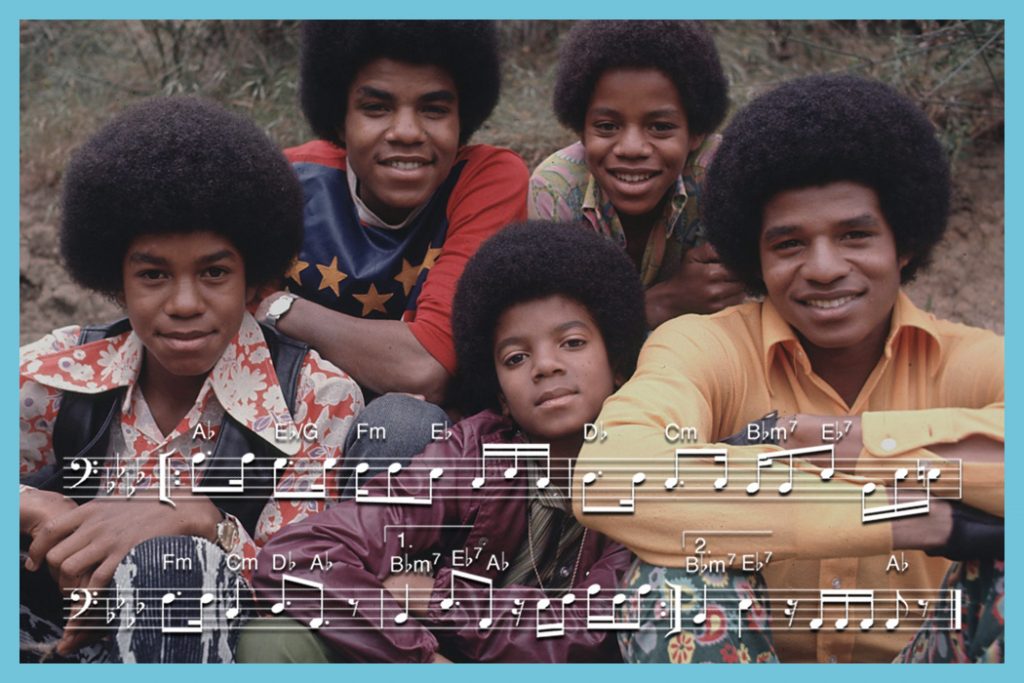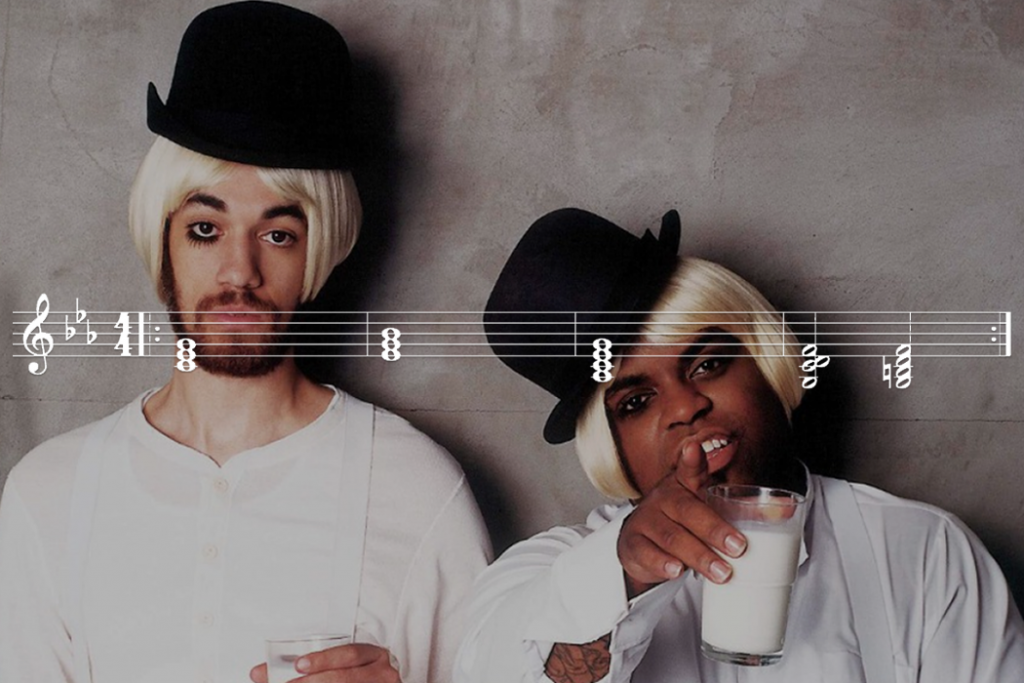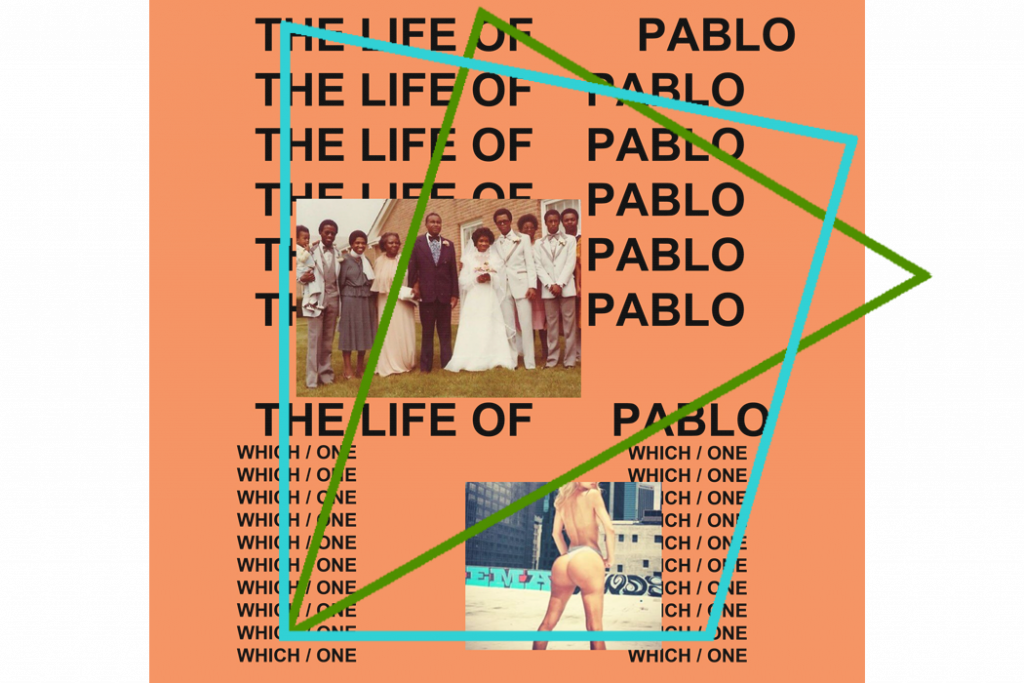Music for Practicing Scales and Modes
+ Learning to read and write music? Access hundreds of lessons from Soundfly’s online courses on music theory, songwriting, production, mixing and more — subscribe here. This article originally appeared on Ethan Hein’s blog. Are you trying to learn scales and patterns, but finding it hard to make yourself practice? Do yourself a favor, and practice over actual…


